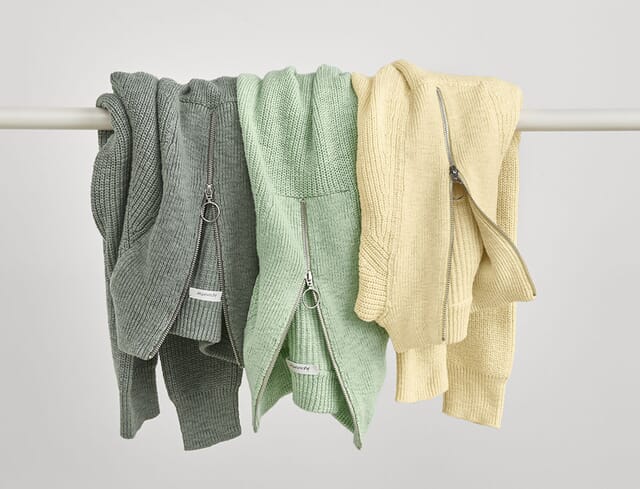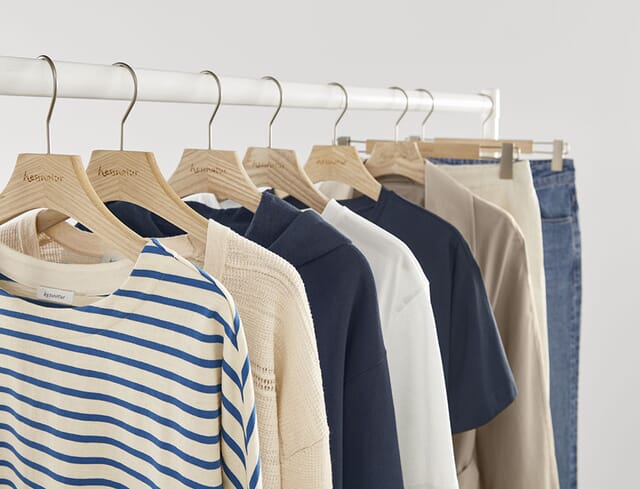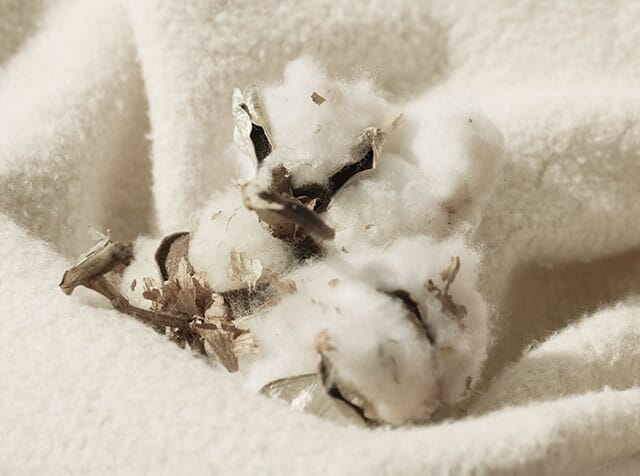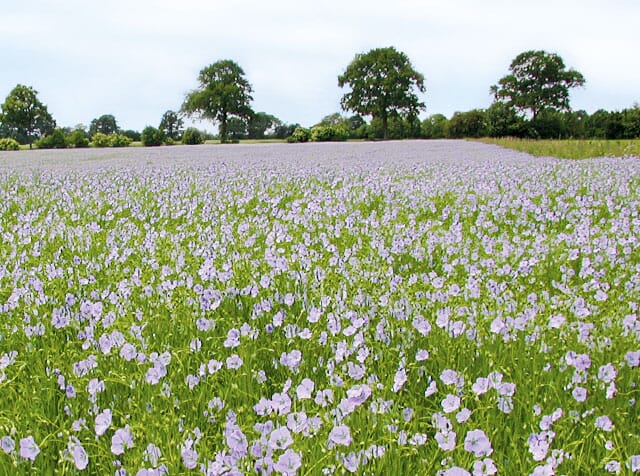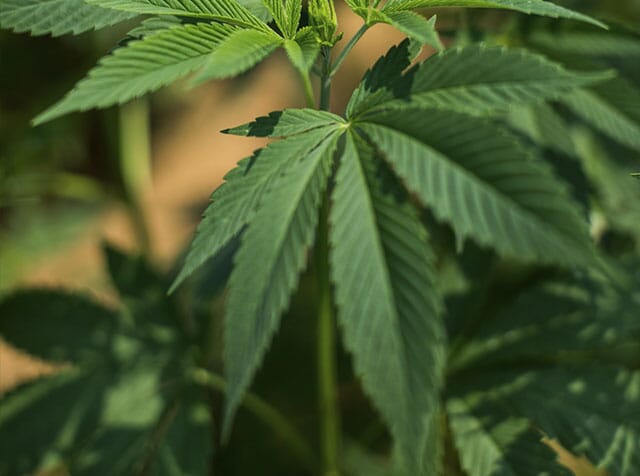Navigation
Back to top

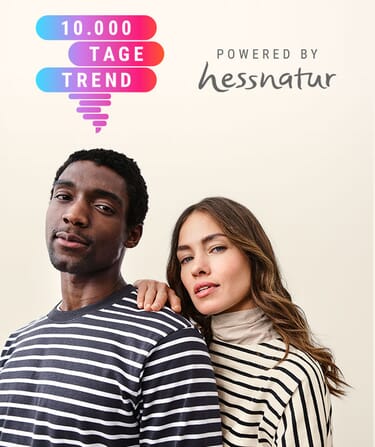
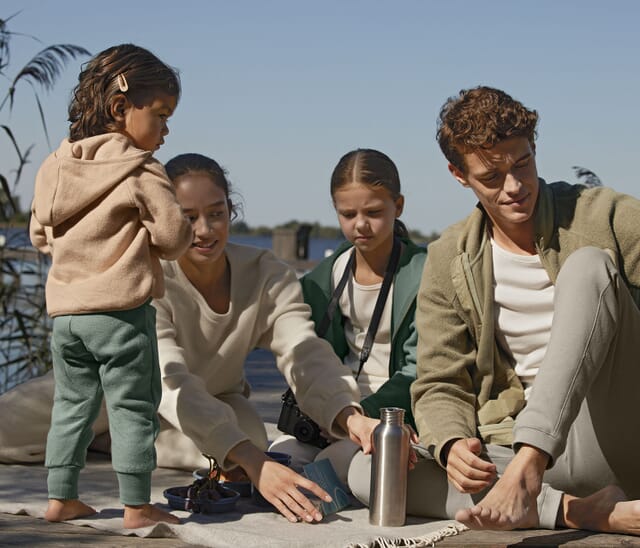





WE CAN ALL REDUCE OUR ECOLOGICAL FOOTPRINT: FOR THE QUALITY OF LIFE FOR ALL PEOPLE, TODAY AND IN THE FUTURE.
The 10,000 day trend is our prediction of tomorrow's climate. Together with wetter.com, we use weather data from Climate Analytics to show what kind of climate we can expect 10,000 days from now in 2050. This outlook makes it clear: it has never been more urgent to rethink and question our actions. Because everyone can make a contribution today to positively influence the climate in 2050. Through many individual steps - such as the conscious decision to wear sustainable clothing.


Impact per wear.
The global fashion industry is one of the most polluting industries - its annual CO2 emissions are equivalent to those of Germany, France and the UK combined. That is why switching to sustainable production processes is essential. But how good the impact per wear of each piece of clothing actually is is also in your hands as a customer. Because this key figure puts the ecological footprint of the creation of each piece of clothing in relation to how often it is worn. This means: The more often you wear a piece of clothing, the smaller its impact per wear becomes - and the better its sustainability balance.
To the women's collection
To the men's collection
To the junior collection
To the home collection
Our fashion protects the environment and resources. That is why we do without questionable substances and use renewable, ecological natural fibers such as organic cotton, organic new wool, linen and hemp.
ALL ROUND SUSTAINABLE: OUR SUMMER FIBERS.


SAVE, CONSERVE AND PROTECT.
What we do to keep the ecological footprint to a minimum.
